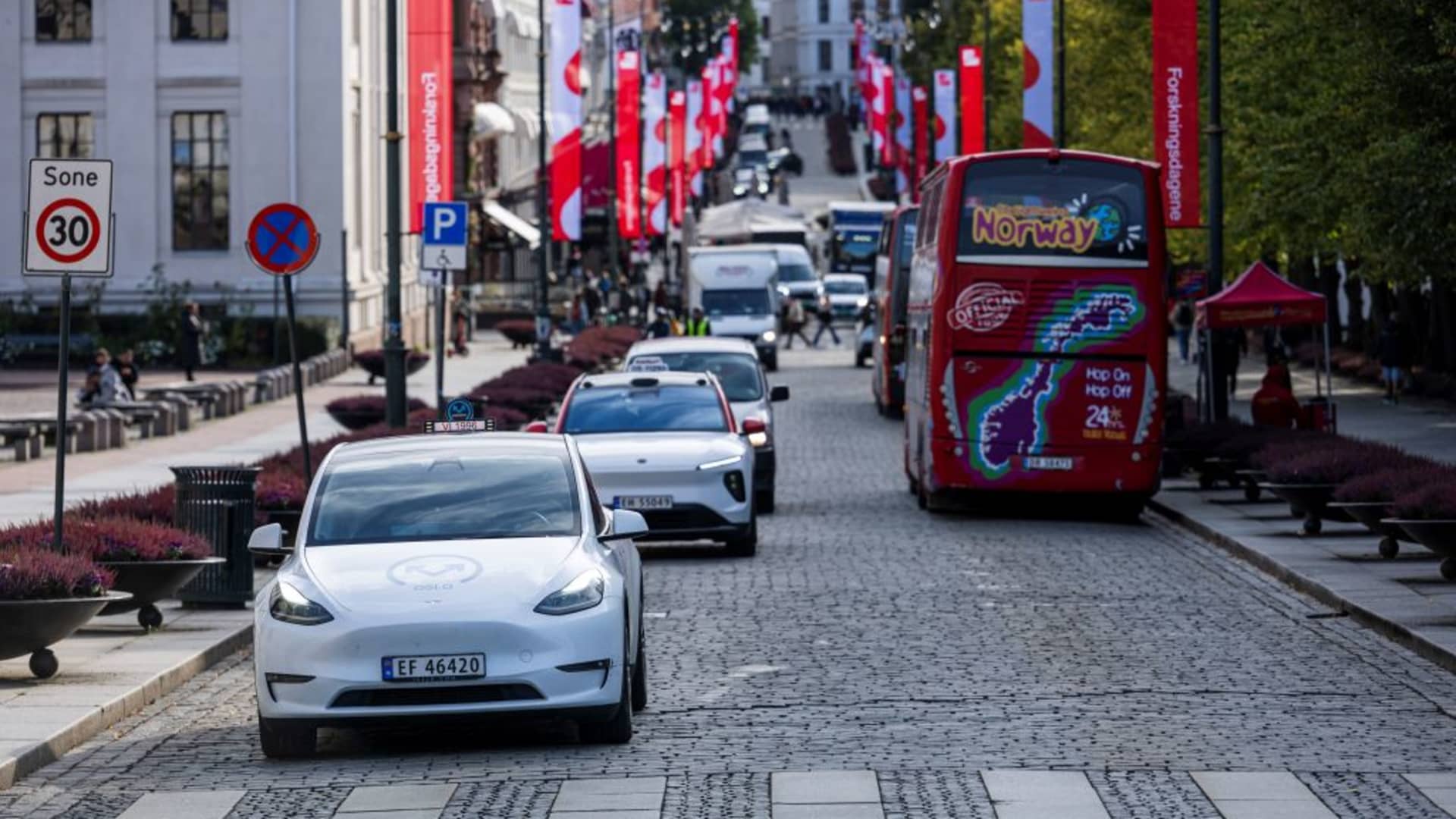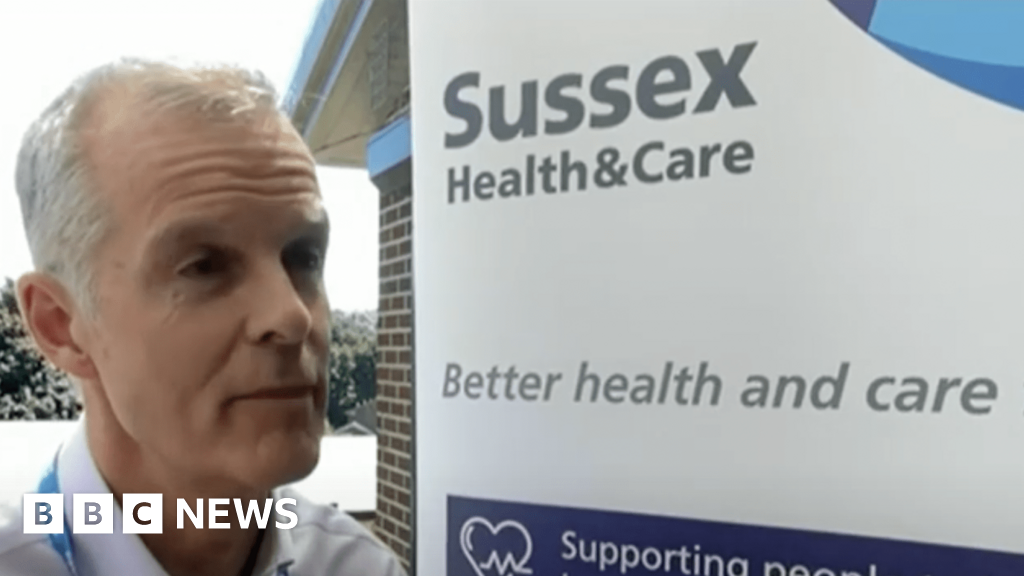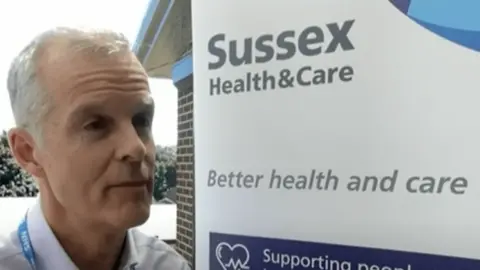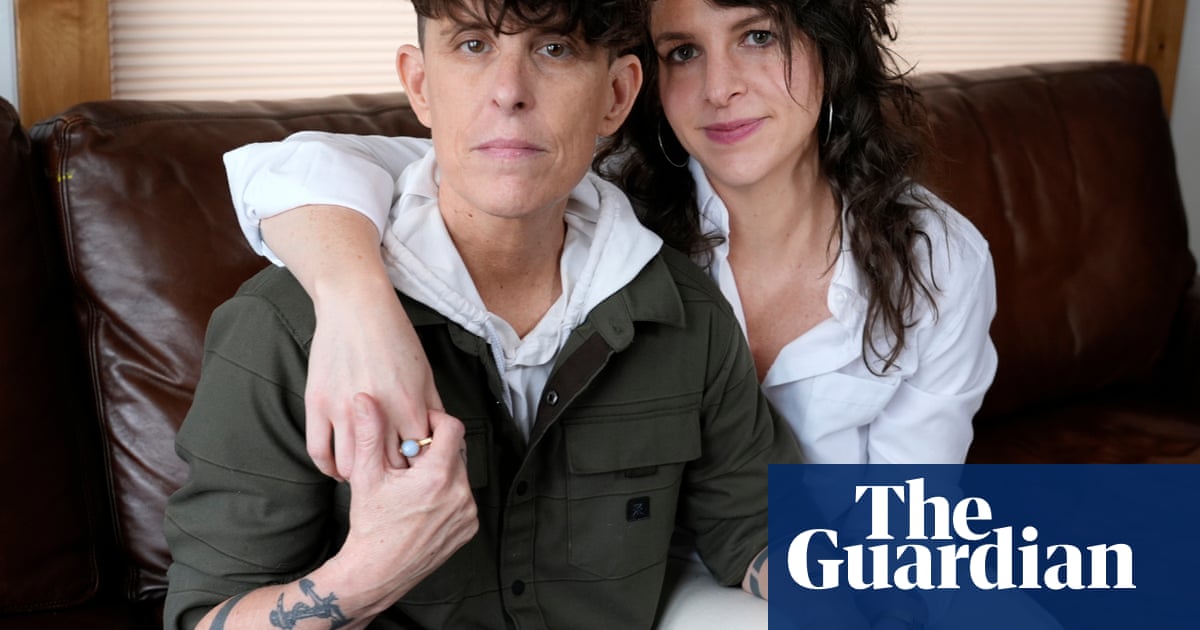The World Health Organization is now recommending that countries include a newly approved HIV drug for prevention, lenacapavir, as a tool in their efforts to fight HIV infections, especially for groups most at risk and in areas where the burden of HIV remains high.This landmark guidance, released at the 13th International AIDS Society Conference in Kigali on July 14 – as concern looms over funding for the global HIV fight – endorses the drug’s use every six months, marking a pivotal shift from daily pills to long‑acting, needle‑delivered protection.
What is Lenacapavir?
Lenacapavir (brand names Sunlenca for treatment, Yeztugo for prevention) is a long‑acting capsid inhibitor that has redefined HIV prevention. Administered via injection just twice a year, it works by targeting the structural protein (capsid) of the HIV, blocking its ability to replicate in the body.Lenacapavir was approved in 2022 to treat certain HIV infections, and in trials for prevention, it was found to dramatically reduce the risk of infection and provide almost total protection against HIV.

WHO’s official recommendation
Dr. Meg Doherty, director of WHO’s Department of Global HIV, Hepatitis and Sexually Transmitted Infections Programmes, said in a news briefing, “These new recommendations are designed for real-world use. WHO is working closely with countries and partners to support the implementation.” Doherty added, “The first recommendation is that a long-acting injectable, lenacapavir, should be offered as an additional prevention choice for people at risk for HIV and as part of combination prevention. With that, we call it a strong recommendation with moderate to high certainty of the evidence.”The second recommendation in the guidelines is that rapid diagnostic tests, like at-home tests, can be used to screen someone for HIV when they are starting, continuing, or stopping long-acting medication to prevent infection, called pre-exposure prophylaxis, or PrEP.Health leaders, including WHO’s Director‑General Dr. Tedros Adhanom Ghebreyesus, touted lenacapavir as “the next best thing” to an HIV vaccine.This latest endorsement complements existing WHO‑approved prevention methods – daily oral PrEP, bi‑monthly cabotegravir injections, and the dapivirine vaginal ring.WHO also streamlined HIV testing protocols to support injectable PrEP uptake in community settings, pharmacies, and telehealth contexts.
Why a twice‑yearly injection might prove to be a good shot
Adherence and convenience: Daily pill demands consistency, which many at‑risk individuals struggle to maintain. Lenacapavir simplifies prevention to two clinic visits per year, helping sidestep barriers like stigma, pill fatigue, or limited healthcare access.Effectiveness:Purpose trial data speaks volumes: in one study, zero infections occurred among participants receiving lenacapavir, compared to significant infection rates in the pill‑based PrEP group.Equity and access: High‑risk populations – sex workers, LGBTQ+ individuals, people who inject drugs, incarcerated people, adolescents – stand to gain most from an easy‑to‑administer, long‑lasting prevention tool.

What is HIV/AIDS?
HIV (human immunodeficiency virus) is a virus that attacks cells that help the body fight infection, making a person more vulnerable to other infections and diseases. It is spread by contact with certain bodily fluids of a person with HIV, most commonly during unprotected sex (sex without a condom or HIV medicine to prevent or treat HIV), or through sharing injection drug equipment.If left untreated, HIV can lead to the disease AIDS (acquired immunodeficiency syndrome).Within a few weeks of HIV infection, flu-like symptoms such as fever, sore throat, and fatigue can occur. Then the disease is usually asymptomatic until it progresses to AIDS. AIDS symptoms include weight loss, fever or night sweats, fatigue, and recurrent infections.There is no existing cure for AIDS, but strict adherence to antiretroviral regimens (ARVs) can dramatically slow the disease’s progress as well as prevent secondary infections and complications. Vaccines for HIV are under trial, but no effective vaccine has been developed to date.In early 2025, the global fight against HIV/AIDS faced a significant setback with the United States of America’s decision to halt foreign aid funding for HIV prevention and treatment programs. This move, part of a broader 90-day pause in US foreign development assistance, sent shockwaves through the international health community only a week ago, raising alarms about a potential resurgence of the epidemic.WHO’s endorsement of twice‑yearly lenacapavir marks a transformative moment, especially amidst the looming concerns regarding the funding cuts.Gilead Sciences, maker of lenacapavir, recently announced that it has reached an agreement with the nonprofit Global Fund to Fight AIDS, Tuberculosis and Malaria to supply lenacapavir for HIV prevention at no profit to the company. Under this agreement, Gilead’s pricing reflects only the cost of producing and delivering lenacapavir.Gilead Chairman and CEO Daniel O’Day said in a news release, “We are providing the medicine at no profit to Gilead, and in enough supply to reach up to two million people in low- and lower-middle-income countries ahead of generic lenacapavir becoming available.”Peter Sands, executive director of the Global Fund, said in the news release, lenacapavir can “fundamentally change the trajectory of the HIV epidemic,” but only if it reaches the people who need it most.As per him, “Our ambition is to reach 2 million people with long-acting PrEP. But we can only do that if the world steps up with the resources required. This is a pivotal moment — not just for the fight against HIV, but for the fundamental principle that lifesaving innovations must reach those who need them most — whoever they are, and wherever they live.”If scaled equitably and thoughtfully, this intervention could reshape the landscape of HIV prevention, moving us closer to a world without AIDS.








